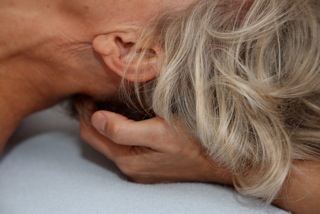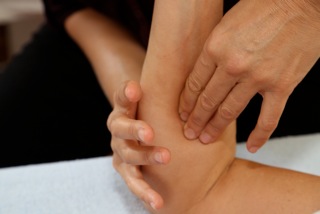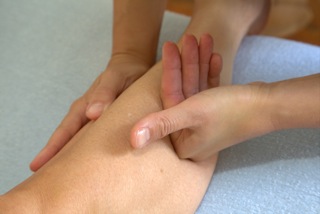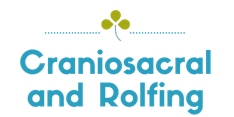


The Rolfing Ten Series
Rolfers generally offer the ‘ten series’. This is a systematic approach to working with the entire connective tissue structure in the body with the overall aim of improving your posture, flexibility and alignment with gravity. That said, I do not believe that any client should feel obliged to sign up to all ten sessions. I believe that you should just book the first session and we can take it from there. You may fall in love with Rolfing straight away and book all ten sessions in advance, or you may just wish to take it one session at a time. The treatments for each session will of course vary from person to person depending on their needs, but the basic ten series recipe can be summarised as follows:
- Session 1 – Space to Breathe
In the first session, the main focus is on your breath. The Rolfer works to free the fascia around the ribs, thorax, shoulders and neck with the overall aim of allowing freedom for a fuller breath. In conjunction with this, The Rolfer also begins the process of mobilising and horizontalising the pelvis by working around hip joints and legs. This provides a feeling of more space between the upper and lower girdles.
- Session 2 – Grounding Your Feet
The second session concentrates mainly on the feet and lower legs so that they are aligned to better support the body in gravity. Clients often feel more “grounded” and connected to the earth after this session with a greater sense of support and balance from their feet.
- Session 3 – The Lateral Line
This session concentrates on the sides of your body, outer legs, hips, the side of your torso and neck, creating more space between the two girdles and improving the relationship between your upper and lower body. By working on the side of your body (an area that often gets overlooked) we seek to improve your front and back balance.
- Session 4 – The Medial Line
This step concentrates on the inside of the leg from the ankle to the pelvis and includes work from foot, knee and hip. By working on the adductor muscles we can improve the range of movement of the pelvis. By finding the ‘medial’ line of the leg a client can feel more grounded, and the pelvis and back more supported. Often after this session, a client’s posture may have changed with the legs planted more firmly beneath the pelvis.
- Session 5 – The Core
Within session 5 we are working in the abdomen, the front of the legs (quadriceps), with the aim of lengthening the front of the body, including freeing and lengthening the psoas muscle. This work continues to help to stabilise and horizonalise the pelvis. By lengthening the front of the body and establishing the connection between the abdomen and legs there is more freedom for a person to ‘walk tall’.
- Session 6- The Back
In this session we work to free the spine by working on the deep muscles of the back. In addition this session also works on the back of the legs, including calves and hamstrings.
- Session 7 – The Head and Neck
Balancing the head on the shoulders is essential for bringing the body in line with gravity. In this session we work with the structures of the shoulders, head and neck. If you are suffering from TMJ and headaches, or work a lot with computers then this session should help to ease restrictions.
- Session 8 – Beginning to Integrate
By session 8 all the main anatomical areas of the body have been covered from head to toe, and now, it is very much a time to relate the different aspects of the body together. Session 8 can also be seen as the session to deal with any “unfinished business”, or any structural inbalances that remain within a client. This may also be a time to address the arms and their relationship with the body.
- Session 9 – Integration
In session 9, integration continues, but becomes a more dynamic session with emphasis on the spiral dynamics of the body through the lumbar dorsal hinge. It is likely that any areas that were not addressed in 8 will be addressed in 9 (so one may be an upper session and the other a lower session, but this will depend on the needs of the client).
- Session 10 – Closure
Within this session, we seek to close, with an overall integration of the body from the feet to the head, co-ordinating the work of the previous sessions. This is also a time to discuss any ongoing maintenance work and any exercises that would be to the benefit of the client.
- Subsequent Work
It is best to wait a few months for the work to be fully integrated in the body before booking any further treatments. However, it may be that at the end there is a desire to have a few more treatments to complete the process. Or it may be that you would like to have occasional treatments to address specific issues or injuries as and when needed.
